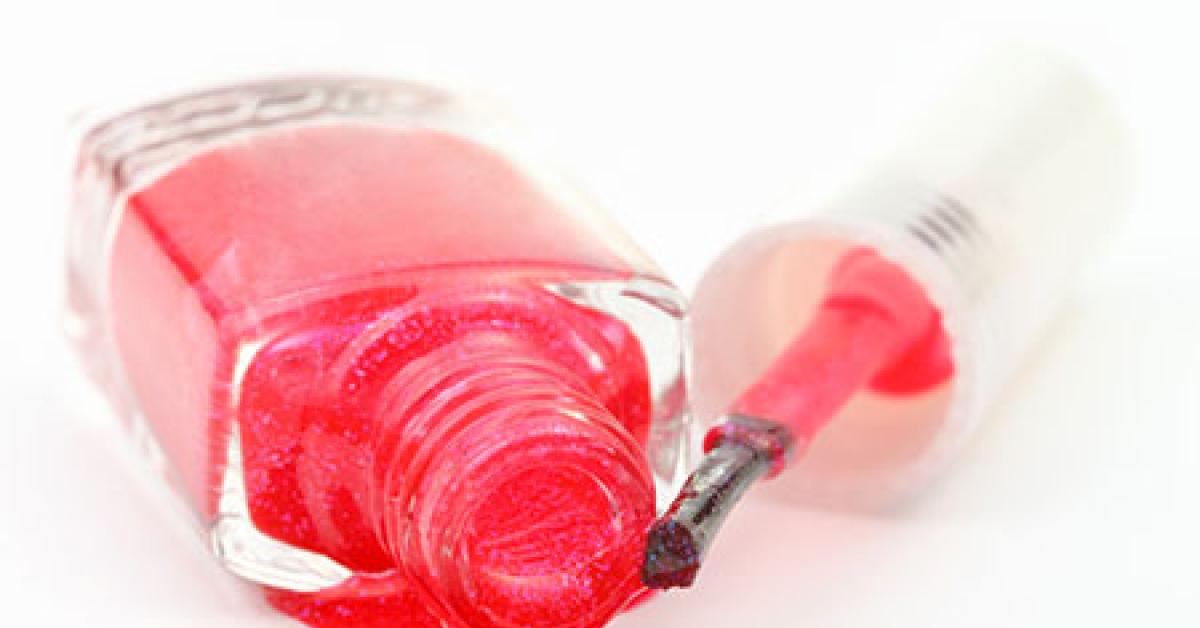CONCORD, N.C. — Bright, glossy, red nail polish on white linen slacks.
Flat, dull, white interior latex paint on a navy cashmere sport coat.
Such is the life of a cleaner/spotter.
Stain removal will probably include a chemical tool that is a solvent more aggressive than your general immersion solution. If you make a management decision to not keep one of the aggressive chemical tools, you are leaving good money on the table.
Paint and nail polish removers must by nature be “heavy hitters.” The protocol for removing paint is virtually identical to that of nail polish. Therefore, this column will address nail polish specifically, but the methods used apply just as well to paints.
Manufacturers are spending thousands of dollars to make their nail enhancements durable and chip-resistant. Both of those traits spell trouble for the cleaner when the consumer lets the product stray onto a garment.
Nail polish and paint have two distinct parts: a pigment and a carrier.
When dissolved in the carrier, the pigment is easily applied to the desired surface. As the carrier vaporizes (dries), the pigment and additives will harden. This is designed to result in a smooth appearance to protect and enhance the surface to which it is applied.
When the nail polish and paint make their way to a fabric surface, they achieve the same result, only in an undesirable area. This is where the cleaner/spotter finds the challenge: how to remove the hard surface and the pigment without distorting the garment’s color or its surface texture.
Always begin removal of nail polish by pre-spotting on the dry side. Use a general pre-spotter to lightly cover the stained area, then apply your POG.
The general pre-spotter will hold the broken-down stain in suspension until it can be flushed away. Use the most aggressive mechanical action you feel comfortable with, taking into consideration the dye, the fiber and the construction.
I usually tamp the stain about six times over the solid portion of the spotting board, then use a bone to work the POG into and through the nail polish. Never use the point of the bone. The bone is at an angle to provide a smooth surface to the fabric while being held at an angle in your hand.
You will begin to see the stain break up, with pigment “floating” on top of the general spotter used in the first step. When you observe the nail polish breaking down, avoid the impulse to rub harder or “dig” at the stain. Get into the habit of decreasing the pressure of your mechanical action, while applying a small amount of general spotter to flush the stain.
Overly aggressive mechanical action during stain removal is the second leading cause of drycleaning claims behind redeposition. Both are easily prevented.
Check back Thursday for the conclusion.
Have a question or comment? E-mail our editor Dave Davis at [email protected].

